Thanks to the storylines of Hollywood movies, video games based on war, and even the media, average Americans are much more familiar with details regarding firearms and ammunition than in the past.
Depending on your experience with firearms and knowledge of rounds and technical details, you may or may not be familiar with soft-point bullets. For every need, there is a type of round available that will get the task done best, whether it’s the right caliber, cartridge, powder load, or even the type of projectile. In this article, we will discuss what is soft-point ammo and why you would ever choose it.
How Soft-Points Came to Be
Starting at the beginning, the soft-point bullet evolved in response to a need for a more effective bullet design for hunting purposes. Before jacketed bullets, lead-alloy balls that were used in gunpowder firearms quickly lost their popularity when nitrocellulose propellants came into the market.
Because the velocities that bullets were capable of being ejected at, the lead-alloy balls suffered structural integrity, which decreased accuracy downrange. By the late 19th century, the development of bullet jackets was introduced to help stabilize rotation through the barrel and maintain the shape.
The metal jackets made the new cartridge design much less susceptible to deformation during the loading and handling of the ammunition. However, the drawback of the jacketed bullets was that they prevented effective expansion when hunting and proved to pass-thru with little deformation. This was considered to be the more humane way to incapacitate soldiers during battle.
This hunting inefficiency led to the second evolution when cartridges were designed with the reversed jacket position, which left the softer lead-alloy exposed on the tip of the round. Thus, the soft-point ammunition was created.
To sum it up simply, full metal jacket bullets are formed with the opening at the base of the bullet and the lead is poured in from the bottom. More penetration is achieved and less expansion because of the jacketed point. Soft-point bullets are formed the opposite way with the opening in the jacket at the front and the lead tip is exposed.
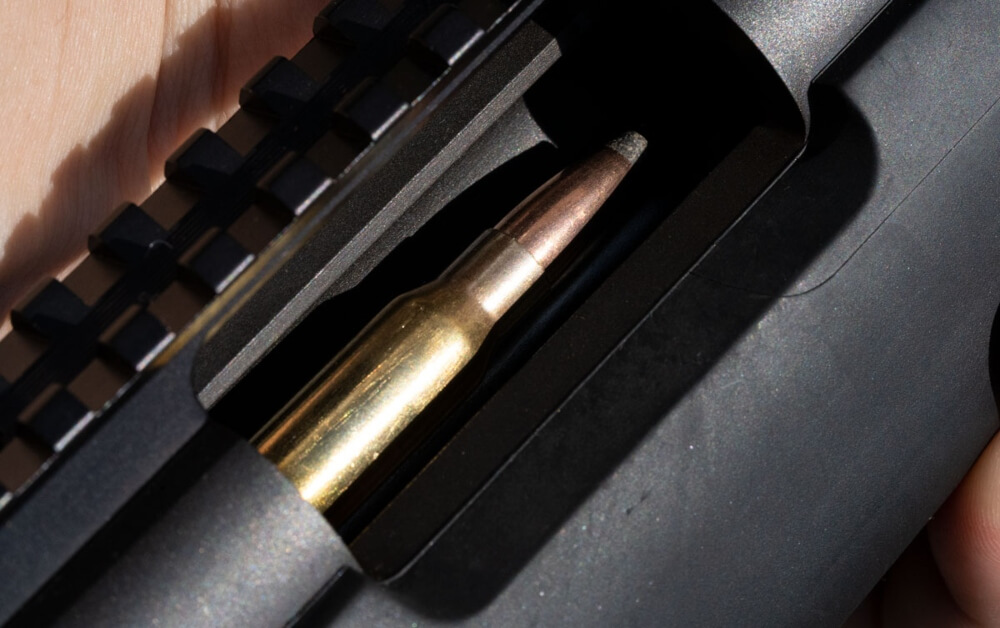
Features of Soft-Point Bullets
The initial purpose of firearms and ammunition was to kill or seriously injure the target. Through the advancements in technology, ammunition has become much more efficient in its intended purpose. The development of soft-point bullets was just one earlier stage in the timeline of modern ammunition.
Soft-point bullets have the softer lead-alloy core exposed in order to ensure adequate expansion upon striking the intended target. The amount of expansion ultimately depends on the hardness of the core, the strength of the surrounding jacket, and the amount of energy available when the bullet hits the target.
- Pure lead cores are going to be significantly softer (more expansion) than cores made of lead alloys that contain antimony and tin. Depending on the type of targets, the distance of performance, and the desired purpose, there is a variety of core types to achieve exactly what you are looking for.
- Some bullet jackets have higher tensile strength (resistance of breaking under tension), which means that as the bullet strikes the target and the core is expanding, the strength of the bullet jacket determines the amount the core can expand.
For two alloys that undergo the same annealing process, the thicker bullet jacket will be stronger than the thinner ones. This means that the jacket plays a significant role in the amount of penetration that the bullet achieves.
Hunting with Soft-Points
Before we get into the nitty-gritty details of the various types of soft-point bullets, it is important to know that the amount of technology behind the ballistics is very impressive. Soft-point rounds range from being designed to disintegrate at minimal resistance (varmint hunting) all the way up to complex expansion structures for big game hunting. While soft-point bullets may not be as popular as hollow-point rounds, some places ban the use of hollow points for hunting.
Hollow-points are an extremely popular choice, especially with self-defense rounds, because of their rapid expansion and controlled penetration. Certain animals that are hunted require different ballistic characteristics of the rounds that are used. For example, small game hunting requires very soft rounds because the hide can be sold, and large holes are not wanted. So, some soft-point bullets designed for small game can disintegrate on contact and the impact shock is what will kill the small animal.
Another example where a soft-point bullet has a necessary place for hunting is with wild bores or other animals with thick skins or hides. Hollow-point rounds may not penetrate deep enough and expand initially on contact with the thick, tough skin. Soft-point rounds possess the right mixture of initial penetration with the adequate expansion that would cause internal damage to the animal.
Soft-point Ammo Advantages
To sum up all the information stated above, here is a nice condensed list of the advantages and uses of soft-point ammunition.
- More expansion than full metal jacket rounds. Full metal jacket rounds can pierce through without causing critical damage.
- More penetration than hollow-points for tough target surfaces.
- No ammo malfunctions and jams in lever-action rifles with tubular magazines. With hollow points, the nose can get lodge in the base of the other cartridge when trying to cycle a new round into the chamber with the lever-action.
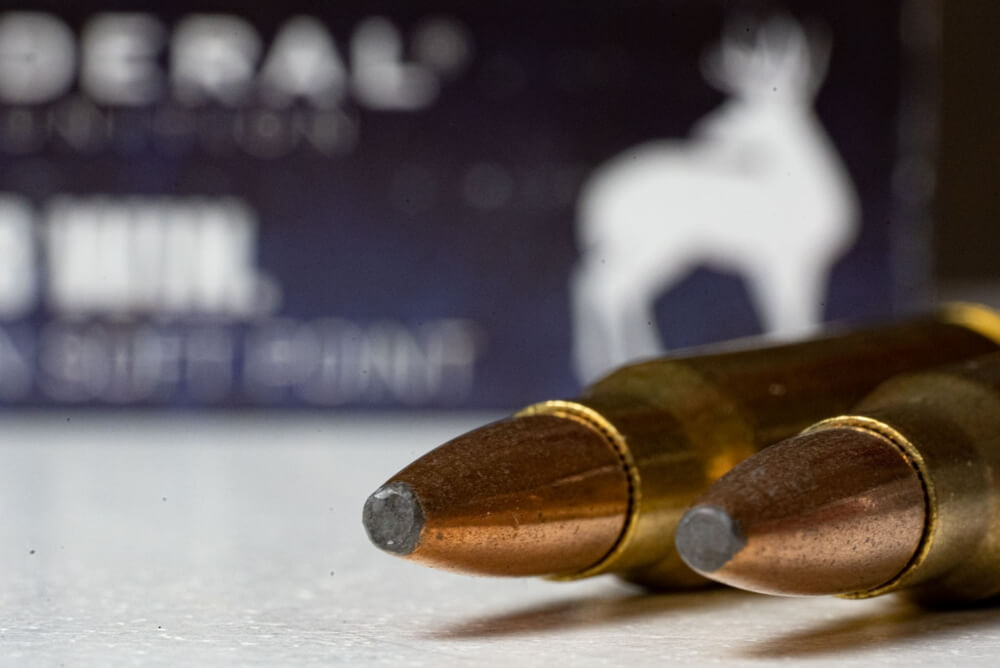
Soft-point Ammo Disadvantages
It would be unfair only to mention the advantages of these rounds, but remember, each type of round has a specific intended purpose and it would be unfair to judge a fish by its ability to climb a tree.
- Risk of over-penetration because of the limited expansion.
- Won’t penetrate a soft target as far as full metal jacket rounds.
Well, that pretty much sums up everything from the evolution of soft-point bullets to the main pros and cons. As mentioned above, every type of round has a specific intended purpose and choosing the right one can be difficult. Here are a few quality choices to check out:
- Remington .308 Win 150gr Core-Lokt PSP
- Sellier & Bellot 150gr SPCE 30-06 Springfield
- Hornady 55gr SP .223 Remington
- Fiocchi 240gr JSP .44 Magnum
Soft-point or not, if you are looking for a place to start your search, we have an enormous selection of pistol, rifle, and shotgun ammunition from the top manufacturers in the US and around the world.
Whether you are looking for personal defense rounds or ammunition in bulk for the range or stocking up, at AmmoforSale.com, we have what you need.


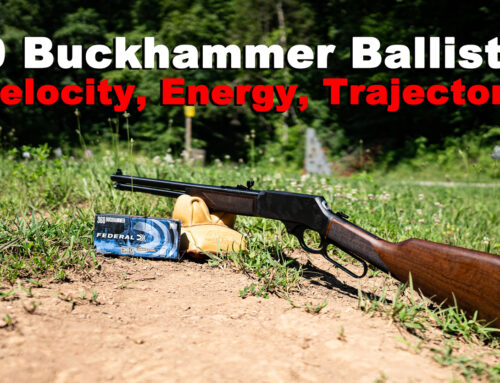
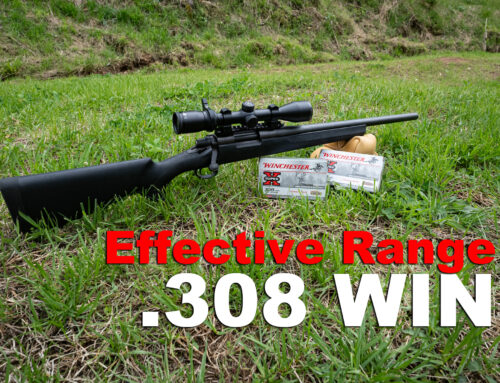
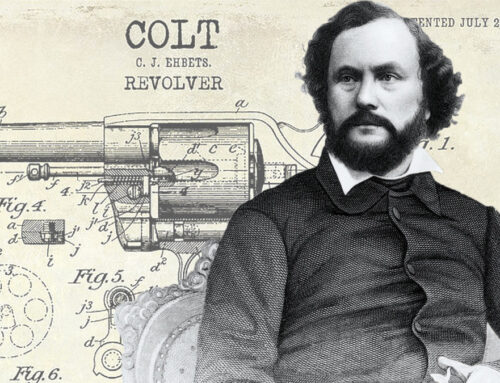
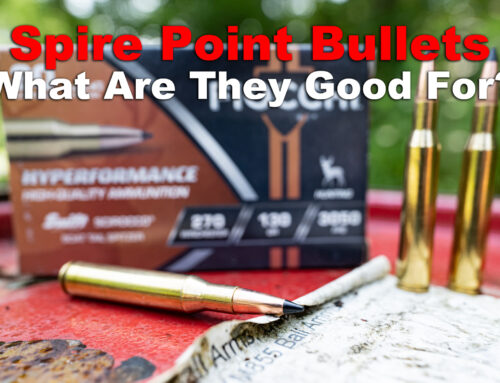
Leave A Comment